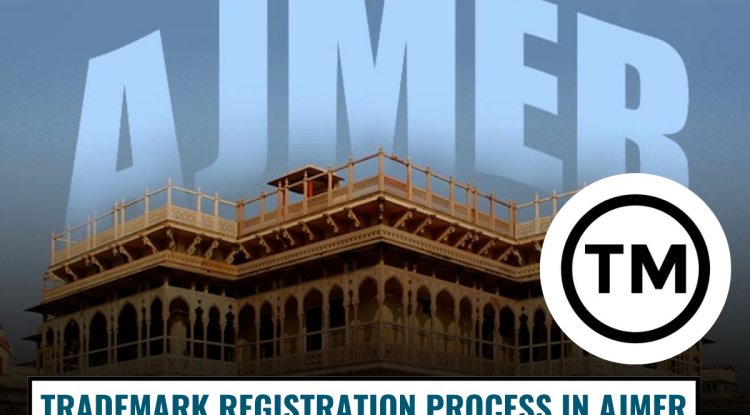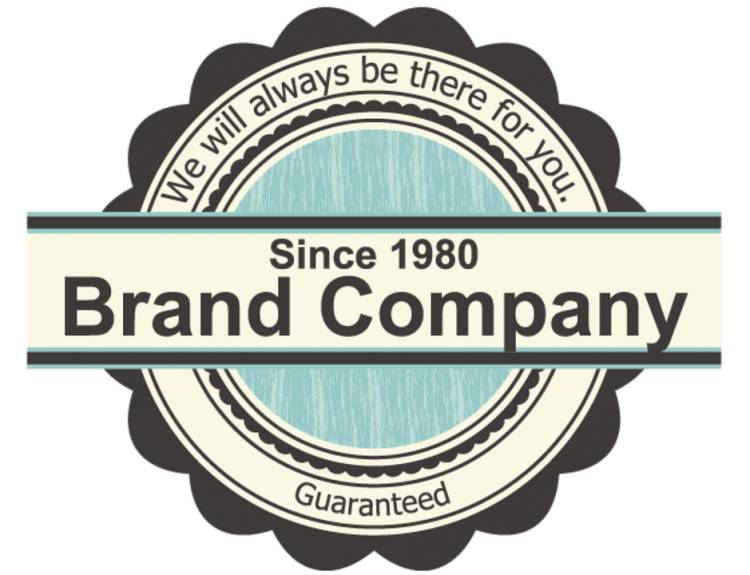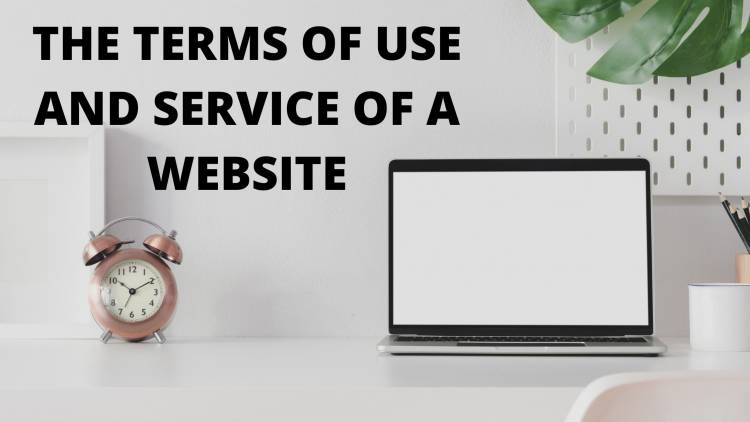Trademark Analysis: NEXRA.HEALTH, BL FABRIC, and CULTURE CIRCLE
This article provides a detailed analysis of the proposed trademarks—NEXRA.HEALTH, BL FABRIC, and CULTURE CIRCLE—evaluating their potential for registration under the Trade Marks Act, 1999. The analysis highlights unique challenges, including objections under Sections 9 and 11, and offers tailored recommendations for enhancing the likelihood of successful registration. Strategic actions, such as filing device and word marks and leveraging evidence of prior use, are discussed to ensure secure and distinctive brand identities.

Introduction
Securing a trademark is essential for building brand identity and safeguarding intellectual property. This article presents an in-depth analysis of three proposed trademarks—NEXRA.HEALTH, BL FABRIC, and CULTURE CIRCLE—and evaluates their prospects for registration under the Trade Marks Act, 1999. Each analysis includes insights into potential challenges and tailored recommendations to improve the chances of successful registration.
1. NEXRA.HEALTH
Analysis
- Comprehensive searches under Classes 35, 36, and 42 revealed no existing identical or similar trademarks.
- Common law searches and general internet inquiries did not identify any ventures associated with “NEXRA.HEALTH.”
Potential Challenges
- Section 9 Objections: The use of descriptive words like “NEXRA” and “HEALTH” might face objections. However, these concerns can be mitigated with well-crafted arguments.
- Section 11 Objections: While objections for deceptive similarity are possible, the unique combination of the terms increases the likelihood of clearing these hurdles.
Recommendation To enhance protection, it is advisable to register the mark as both a device mark and a word mark. The absence of visually or phonetically similar marks provides a strong foundation for registration, even if minor objections arise.
2. BL FABRIC
Analysis
- Searches under Classes 24 and 25 revealed an existing mark named “BL FABRIC” and several visually or phonetically similar trademarks, such as “JB FABRICS” and “G FABRICS.”
- A common law search identified multiple businesses with similar names, highlighting the prevalence of this term in the market.
Potential Challenges
- Section 9 Objections: The descriptive nature of “FABRIC” makes this term less distinctive, raising the possibility of objections.
- Section 11 Objections: The presence of similar marks in related classes increases the risk of objections for deceptive similarity.
Recommendation Given the competitive landscape, it is recommended to register “BL FABRIC” as a device mark only. This approach enhances its distinctiveness and reduces the likelihood of objections based on similarity.
3. CULTURE CIRCLE
Analysis
- A search under Classes 25 and 42 found one existing device mark for “CULTURE CIRCLE,” registered with a usage date of February 14, 2023.
- Common law searches yielded no businesses using the same name, though general searches did identify some similar results.
Potential Challenges
- Section 9 Objections: Generic terms like “CULTURE” and “CIRCLE” may attract objections, though these can be addressed through appropriate evidence and arguments.
- Section 11 Objections: The uniqueness of the proposed mark minimizes the risk of objections for deceptive similarity.
Recommendation It is advisable to register the mark as a device mark in Class 25. If evidence of usage from 2023 is available, the mark should also be pursued as a word mark. These steps will strengthen the registration prospects and establish a solid legal framework for brand protection.
Conclusion
Each of the three trademarks faces unique challenges under Sections 9 and 11 of the Trade Marks Act, 1999. However, strategic actions can improve their chances of registration:
- NEXRA.HEALTH: Strong registration prospects as both a device and word mark, with minimal challenges.
- BL FABRIC: Best registered as a device mark due to the prevalence of similar trademarks.
- CULTURE CIRCLE: Promising registration as a device mark; evidence of prior use strengthens the case for word mark registration.
By filing in the appropriate classes and addressing potential objections with robust legal arguments, these trademarks can achieve successful registration, paving the way for secure and distinctive brand identities.












